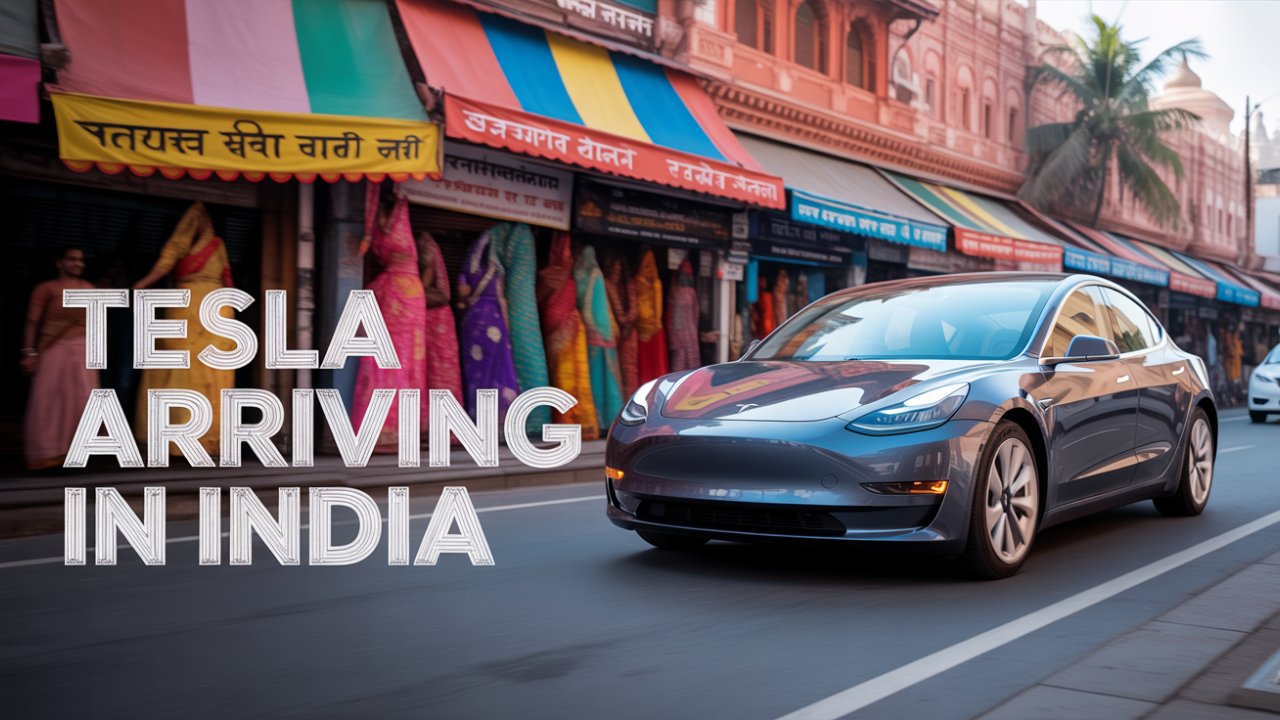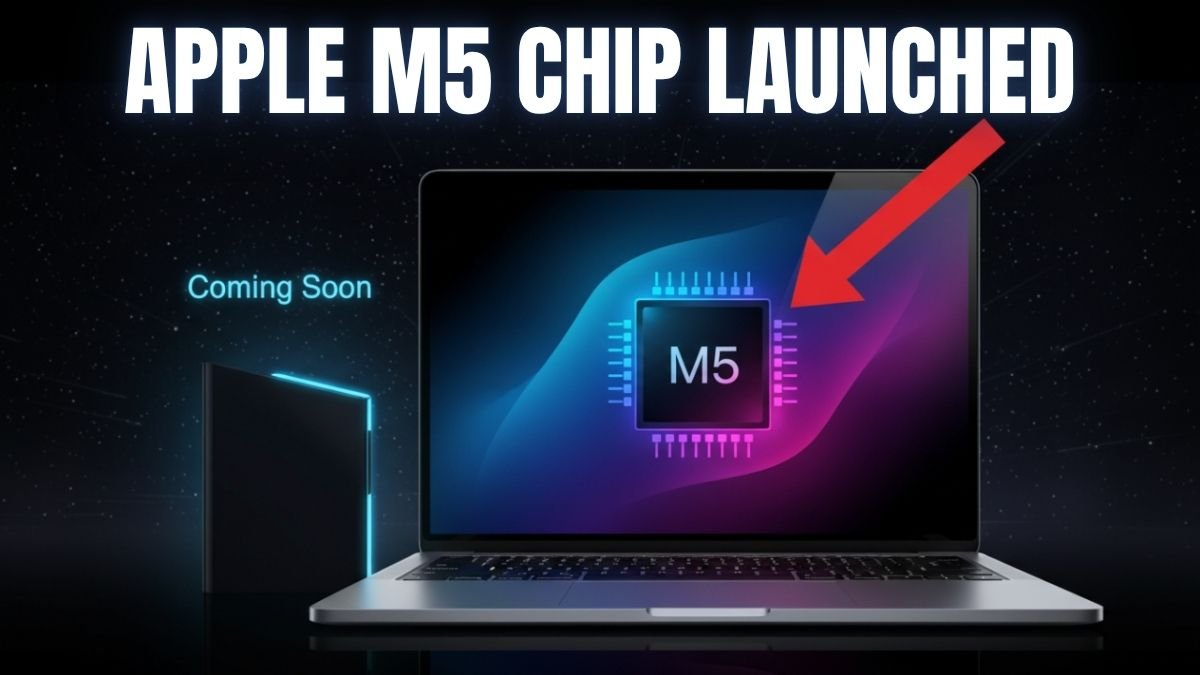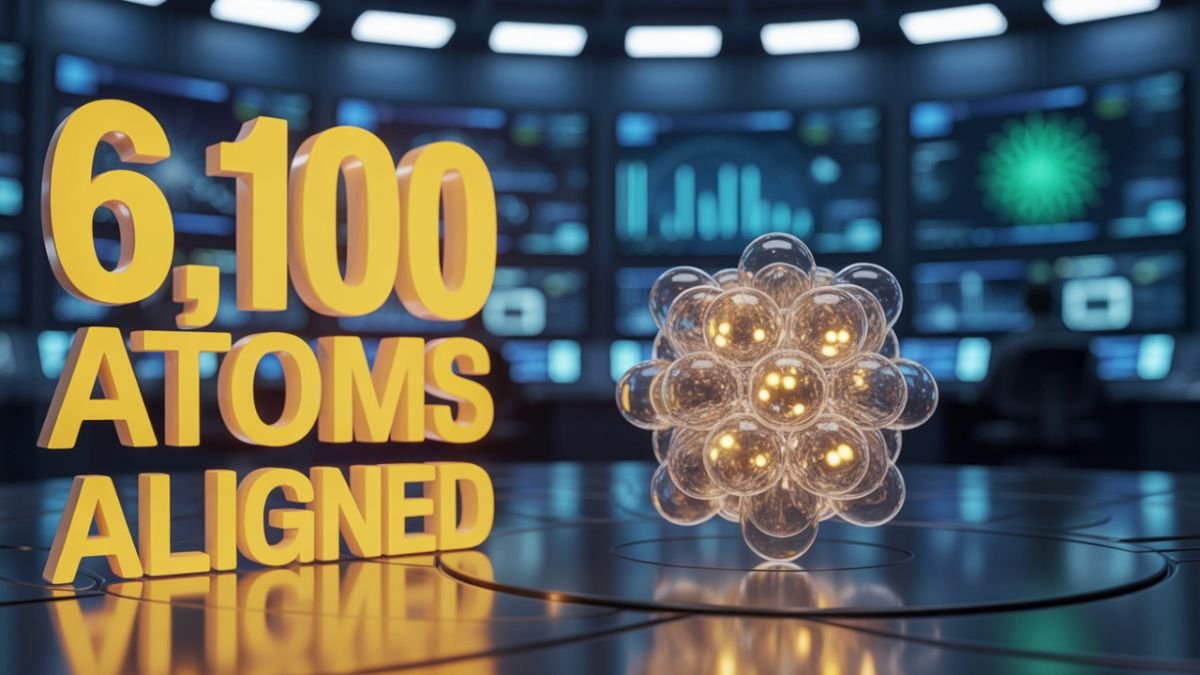1. Tesla’s Official Entry into India Confirmed
After years of speculation, American EV giant Tesla is finally stepping into the Indian market. According to Bloomberg, Tesla is set to open its first dealership in Mumbai and may begin deliveries by August 2025. The move signals the company’s commitment to exploring emerging markets beyond its saturated territories and aligns with India’s growing interest in electric mobility.
2. Social Media Teaser Hints at Launch
Soon after Bloomberg’s report, Tesla launched a dedicated India account on social platform X (formerly Twitter). The post featured an illustration of Mumbai’s skyline with the message “Coming soon,” fueling excitement across tech and automobile circles in the country. It was a subtle yet strong signal confirming Tesla’s serious intent for Indian operations.
3. Long History of Talks and Delays
This isn’t Tesla’s first attempt to enter India. Discussions with the Indian government have taken place in the past, particularly around setting up a manufacturing unit. Talks stalled in 2021–22 due to high import duties and the government’s insistence on local production. But now, Tesla appears ready to take the leap despite those hurdles.
4. Why Tesla Sees Potential in India
India is among the fastest-growing EV markets, driven by government subsidies, green policies, and increasing urban demand. Tesla’s premium brand and cutting-edge tech can appeal to upper-middle-class and luxury buyers. If successful, this could open doors for deeper market penetration and eventually, local manufacturing.
5. Key Challenges Tesla Will Face
Despite the excitement, Tesla’s path won’t be easy. India levies a high import duty of up to 100% on fully built units, which can double the car’s retail price. Additionally, a lack of public charging infrastructure and a price-sensitive customer base may pose significant challenges to Tesla’s success in India.
6. India’s High Import Duty Problem
Tesla will initially export vehicles to India, which means a 70% to 100% import duty applies. A car costing ₹40 lakh in the US could easily cost over ₹75–80 lakh in India. This could limit Tesla’s reach to only elite buyers unless some tax concessions or local manufacturing plans are introduced soon.
7. Infrastructure: The Big Roadblock
India still lacks the widespread EV infrastructure seen in the West. For Tesla to deliver a seamless experience, it will need to establish a strong charging network, service centers, and after-sales support. Without this, even premium cars may struggle to gain traction in daily usage.
8. Tesla’s Likely Launch Models in India
Experts believe Tesla will begin with its most popular models – the Model 3 and Model Y. Model 3 is Tesla’s entry-level sedan, while Model Y is a compact SUV, well-suited for Indian preferences. These models offer a mix of style, performance, and range, which could appeal to premium EV buyers in urban centers.
9. Who Will Benefit from Tesla’s Arrival?
Tesla’s entry will benefit not only wealthy car buyers but also the broader auto sector. It will boost competition, encourage technological advancement, and possibly lead to job creation if local plants are set up. Additionally, it supports India’s goal to reduce carbon emissions and shift toward cleaner mobility.
10. What Lies Ahead: The Road to August 2025
With a Mumbai showroom planned and deliveries expected by August 2025, the countdown for Tesla’s Indian journey has begun. If the company handles pricing and infrastructure smartly, it could become a leading EV brand in India. Tesla’s arrival marks a new chapter in India’s transition to smart and sustainable transportation.






